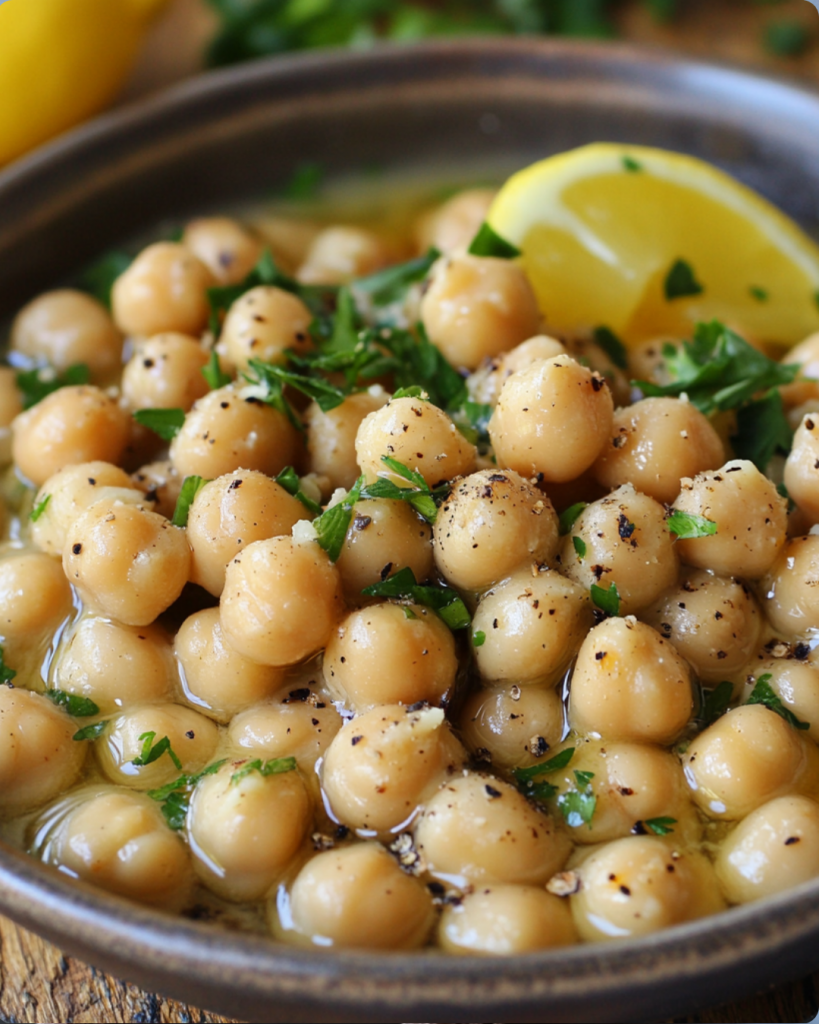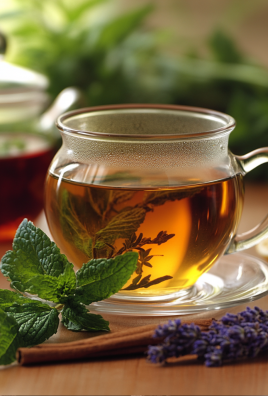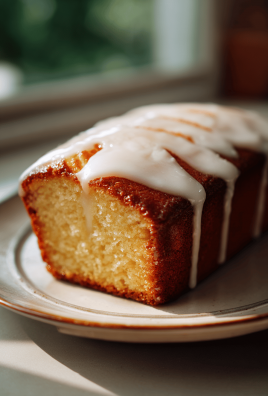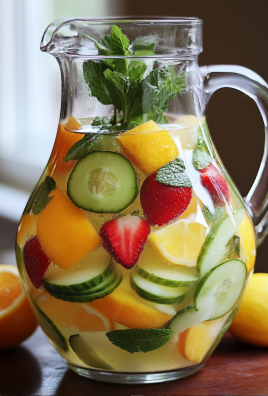
Low-sodium hummus with cucumber and carrots is a simple, healthy snack that offers vibrant flavors without the excess sodium. Perfect for heart-conscious eaters, this recipe uses no-salt-added chickpeas, fresh lemon, garlic, and tahini to create a creamy, savory dip. Paired with crisp cucumbers and sweet carrots, this combo makes a refreshing snack, appetizer, or light lunch.
Its appeal lies in its versatility—serve it as part of a Mediterranean diet, prep it for meal plans, or enjoy it as a guilt-free midnight snack. With health benefits like being rich in plant protein, fiber, and healthy fats, this dish supports a variety of wellness goals.
For those looking to reduce sodium without sacrificing flavor, this homemade low-sodium hummus is a satisfying and clean-eating alternative to store-bought versions.
You’ll love it because:
- It’s heart-healthy and low in sodium.
- Quick and easy to prepare.
- Great for snacks, appetizers, or side dishes.
- Kid-friendly and vegan.
fresh Day 2 : Grilled Chicken Salad with Olive Oil & Lemon Dressing & Day 1 : The Best Oatmeal with Banana, Cinnamon, and Walnuts for a complete light meal.
Preparation Phase & Tools to Use
Essential Tools and Equipment
- Food processor or high-speed blender
- Measuring cups and spoons
- Citrus juicer (manual or electric)
- Vegetable peeler
- Cutting board and sharp knife
- Mixing bowl
Importance of Each Tool
- Food processor: Ensures smooth, creamy hummus texture.
- Citrus juicer: Extracts maximum lemon juice, a key flavor enhancer.
- Cutting board & knife: Helps with prepping vegetables cleanly and safely.
Preparation Tips
- Use canned chickpeas labeled no salt added.
- Peel chickpeas for an ultra-smooth texture.
- Chill cucumbers and carrots before serving for a crisp bite.
- Store tahini at room temperature for easy blending.
Ingredients List
For Low-Sodium Hummus
- 1 can (15 oz) no-salt-added chickpeas, drained and rinsed
- 2 tablespoons tahini
- 2 tablespoons fresh lemon juice
- 1–2 garlic cloves, minced
- 2 tablespoons olive oil
- 2 tablespoons water (adjust for consistency)
- ½ teaspoon cumin (optional)
- Black pepper to taste
For Serving
- 1 large cucumber, sliced
- 2–3 carrots, peeled and cut into sticks
- Optional: Paprika or chopped parsley for garnish
Step-by-Step Directions
- Prepare chickpeas
Rinse and drain chickpeas. For creamier hummus, peel each chickpea by pinching gently. - Blend base ingredients
In a food processor, combine chickpeas, tahini, lemon juice, garlic, and cumin. - Add olive oil and water
Blend while slowly adding olive oil. Add water gradually until the texture is smooth. - Season to taste
Add black pepper and additional lemon juice if desired. - Plate and garnish
Spoon hummus into a bowl. Garnish with a drizzle of olive oil and paprika or parsley. - Serve with veggies
Arrange cucumber slices and carrot sticks around the hummus and serve immediately.
Tips and Variations:
- Add roasted red peppers or sun-dried tomatoes for flavor twists.
- Use white beans for a different base but similar texture.
- Replace olive oil with aquafaba (chickpea water) to reduce fat content.
Serving Suggestions, Common Mistakes & Side Dishes
Serving Suggestions
- Serve chilled for a refreshing bite.
- Pair with pita bread or whole grain crackers.
- Include it on a veggie platter for parties or picnics.
- Use it as a spread on sandwiches or wraps.
- Add it to lunchboxes as a healthy dip option.
Internal Link Opportunity: This pairs well with Healthy Air Fryer Falafel for a fully balanced plate.
Common Mistakes to Avoid & How to Perfect the Recipe
Common Mistakes
- Using regular canned chickpeas with added salt
- Skipping tahini or garlic, which are flavor anchors
- Adding too much water, resulting in a runny dip
- Not blending long enough for a creamy consistency
- Serving without chilling, which dulls the flavor
How to Perfect It
- Always use no-salt-added chickpeas or cook from dry.
- Let hummus rest for 30 minutes before serving for deeper flavor.
- Blend in batches if your blender is small.
- Taste and adjust lemon and garlic to balance tanginess and spice.
Side Dish Recommendations
1. Whole Wheat Pita Chips
Lightly toasted and seasoned, they add crunch without excess salt.
2. Quinoa Tabouli Salad
A bright, herbaceous side that complements the creaminess of hummus.
3. Lentil Soup
A warm, hearty dish that balances the cool, fresh hummus and veggies.
4. Stuffed Grape Leaves
Brings a tangy contrast and Mediterranean flair.
5. Greek Yogurt Dip
Served alongside for variety in dips.
6. Roasted Beets or Sweet Potatoes
Offer earthy sweetness that enhances hummus.
7. Couscous with Lemon and Herbs
Light, citrusy and refreshing pairing.
8. Fresh Fruit Slices
Grapes, apple slices, or melon make for a sweet finish.
Recipe Tips, Storage, FAQs, and
Recipe Tips
- Store leftover hummus in an airtight container in the fridge for up to 5 days.
- For extra smooth hummus, soak canned chickpeas in hot water before blending.
- Avoid freezing as texture may become grainy.
- Use different herbs like dill or cilantro to modify flavor.
Storage and Reheating Instructions
- Refrigerate: Store in glass container for up to 5 days.
- No reheating needed: Best served chilled.
- Revive: Stir in a spoonful of olive oil or water if it dries out.
Internal Link Opportunity: For more fridge-friendly meal ideas, check out Vegetarian Meal Prep Recipes.
Frequently Asked Questions (FAQs)
Is low-sodium hummus healthy?
Yes. It supports heart health, weight loss, and digestive wellness. It’s rich in fiber, protein, and healthy fats.
Can I make low-sodium hummus without tahini?
Yes. Use sunflower seed butter or plain Greek yogurt for a tahini substitute.
Are canned chickpeas OK for low-sodium diets?
Only if labeled “no salt added.” Rinse them well to reduce sodium even further.
What other vegetables go well with hummus?
Bell peppers, cherry tomatoes, snap peas, and celery sticks are all great options.
How do I make hummus smoother?
Peel chickpeas and blend with a little warm water and olive oil until creamy.
Can I meal prep this recipe?
Yes. Make a large batch and portion into containers with veggie sticks for the week.
Low-sodium hummus with cucumber and carrots is more than a snack—it’s a gateway to heart-healthy, clean eating. Easy to prepare, full of flavor, and endlessly versatile, Low-sodium hummus with cucumber and carrots it fits into any lifestyle. Whether you’re managing your sodium intake, looking for a quick lunch, or prepping a party appetizer, this recipe delivers on taste and nutrition.
Try this easy, healthy hummus recipe today and experience clean snacking that doesn’t compromise on flavor. Share your version and tag us on social media, or explore more healthy recipes in our low-sodium collection.




Leave a Comment